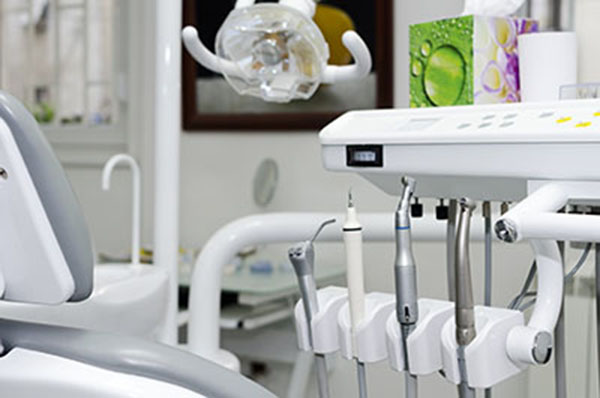



Whether a patient is nervous about the prospect of visiting the dentist or simply curious about dental procedures, it can be helpful to learn about the types of tools used by general dentists. Both dentists and dental hygienists are trained to use several kinds of dental tools to assist with treating and cleaning the teeth. Some tools are specialized for certain treatment methods, while others are more generally used in regular check up visits or cleaning appointments. A good dentist should be open to answering questions from patients, so it can be a good idea to ask what kind of dental instruments will be used either before or during the appointment.
4 common dental instruments and their uses
There are many different dental tools available for dental professionals, each with their own use. Primarily, tools are categorized by function, such as manipulation, examination, restoration and extraction applications.
1. Mouth mirrors
One of the most popular dental tools that many patients may recognize is the mouth mirror. Consisting of a small mirror mounted on the end of a thin wand, the mirror is used to help general dentists and dental hygienists view hard-to-reach places. The backs of molars and the inside of the top teeth are more easily seen with the use of a mirror. Additionally, the mouth mirror can illuminate the mouth by reflecting light to assist in examination.
2. Sickle probes
Shaped like a sickle used to reap grain or hay in a field, the sickle probe can be found in almost every dental office. Sometimes called an explorer, dental professionals use the sickle probe to check the surface of the teeth for defects or plaque. Periodically, the dentist may use the sharp end to carefully scrape debris away from the teeth. There are many different types of sickle probes with varying lengths and thicknesses.
3. Oral scalers
When a patient does not brush and floss regularly or effectively, tartar can develop along the gumline and between teeth. Tartar buildup can lead to gum disease, also known as periodontal disease. General dentists and dental hygienists are trained to identify and remove tartar before it can get the change to permanently damage the teeth of a patient. Careful scraping using an oral scaler, which has a hooked end like the sickle probe, can help to remove tartar.
4. Suction devices
Water, saliva and debris can build up in the mouth of a patient during dental procedures. Dentists and dental hygienists remove liquids through the use of suction devices connected to vacuums. This can help make the patient more comfortable while treatment is performed. Some suction devices come with multiple settings for better control.
Conclusion
Regular visits to general dentists are a great way to take charge of oral health. Modern developments in dental instrument technology have made positive advances in the way the dental world fights gum disease and tooth decay. Patients interested in learning more about the tools used by dental professionals are recommended to ask for more information during appointments or consultations.
Request an appointment here: https://www.carolinasmilesdentist.com or call Carolina Smiles Family Dental at (828) 974-3326 for an appointment in our Brevard office.
Check out what others are saying about our services on Yelp: Read our Yelp reviews.
Recent Posts
Getting braces is not something that most teens look forward to. Invisalign® treatments for teens may be an option that has benefits for your teen.Invisalign® designs and markets a different treatment option for teens which the company calls Invisalign® Teen. The primary difference between the two products is that Invisalign® Teen has a set of…
Invisalign® clear aligner trays are not just for adults; teenagers and some children can also benefit from this treatment system. Many teens prefer Invisalign® over traditional braces because of the numerous advantages it offers, including:Discreet treatment appliancesMore comfort throughout the entire processRemovable trays for improved oral hygieneWhile wearing these trays is easy and relatively effortless,…
Proper care of a dental crown is essential for maintaining its appearance, function, and longevity. A dental crown restores damaged or weakened teeth, providing durability and protection to the underlying tooth structure. Although crowns are designed to withstand chewing forces, taking specific precautions ensures their long-term success and helps maintain oral health.A dental crown acts…
If you and your child are interested in an alternative to traditional braces, Invisalign® may be just what you are looking for. It is just as effective at straightening teeth as traditional braces but has certain qualities that make it more tolerable for teenagers.It is usually preferable to wait to delay teeth straightening treatment until…


